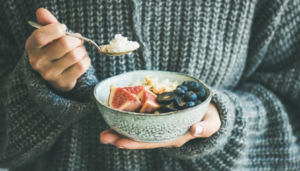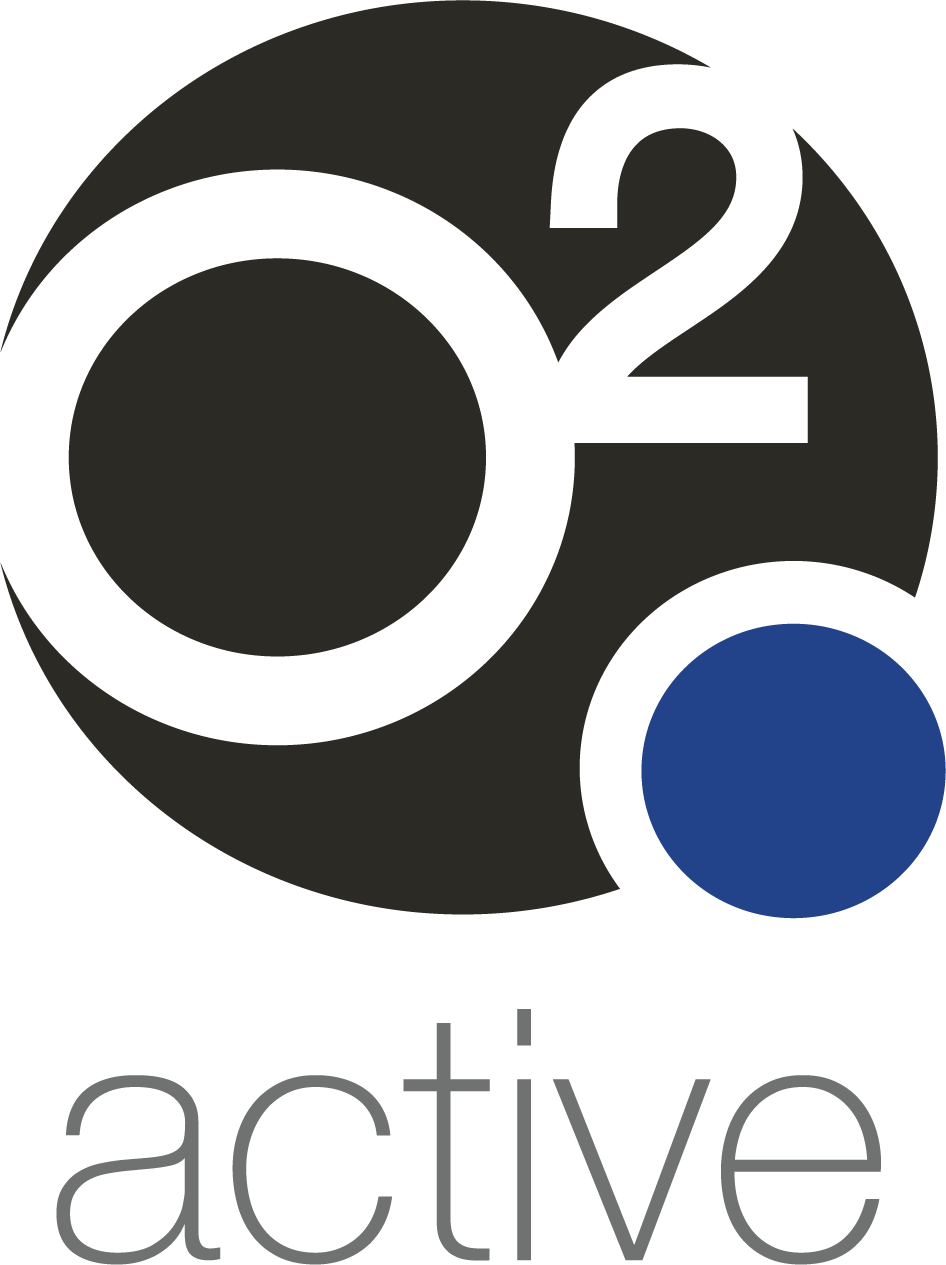
By Amy Ross
One of the best parts of our colder seasons is the delicious food! The warm meals and hot drinks just hit the spot on a cold day and satisfy us to no end. Although we have increased satisfaction here, there is also the potential of an increase in appetite, resulting in more calorie consumption, which is not what we want!
Seasonal variation in your diet is often a topic of conversation among scholars, we looked at a study of the seasonal variation in food intake in order to create clarity around this subject (Ma et al., 2006). Their findings suggest daily calorie intake increased by 86 kcal/day during winter compared to spring. The percentage of calories obtained through fats also increased during winter. In addition, less physical activity was observed in the colder months contributing to increased body weight (Ma et al., 2006).
The question is why do we eat more and is it necessary? The reasoning behind it is still under debate as some argue it’s an evolutionary adaptation (calorie storage in the same way squirrels store nuts for winter). Others have argued it relates to intrinsic biological rhythms and hormonal changes, or simply that eating makes us warm (thermogenic effects of food)… Or it could be that you’re stuck inside resulting in increased snacking to beat the boredom. The exact reasoning behind it is not yet conclusive, however from personal experience we can agree – it happens!
The main problem is ‘burning fats’ or calories doesn’t increase in winter unless you get to the point of shivering (Layden et al., 2002). It’s unlikely that your natural energy expenditure is going to increase between seasons when you live in a climate like Perth. This means, if we increase our calorie intake yet don’t burn off any more energy, weight gain is going to be the result.
It’s not just the increased calorie consumption that is the main issue, it’s more likely the increase in saturated fat consumption which is typical during winter months (Ma et al., 2006) as well as a disruption to your energy balance if your physical activity has declined. Luckily, we now have another reason for you to make exercise a priority in your busy life during winter.
Exercise increases your energy expenditure, therefore keeping a balance between your energy intake and use.
There is a substantial amount of new research coming out to indicate that exercise helps regulate the control of food intake, proving that it can help suppress appetite and delay the onset of eating. Following exercise, your body releases hormones (corticotropin-releasing factor, neuropeptide and transthyretin) which all contribute to these eating behaviour responses (Zhang & Bi, 2018). Lower levels of ghrelin in the blood (the hormone responsible for stimulating hunger) are also associated with post exercise blood concentration. These hormonal responses to exercise can help reduce hunger between meals.
It’s important however that the exercise you do is enjoyable, and you are participating because you want to, not because you have to. A 2017 study looked at two groups of people with similar appetites. One group had a choice in their exercise intensity, while the other group was told what they have to do. The two groups were then allowed to eat freely from a buffet style meal. The energy intake from the group who chose their exercise intensity not only had a lower calorie intake but also made healthier food choices (Beer, Dimmock, Jackson & Guelfi, 2017).
Although during winter your appetite may increase due to various seasonal bodily responses, increased calorie intake isn’t necessarily needed. Partaking in exercise that you enjoy offers a way to be more in tune with your body’s actual energy demand, and helps you automatically choose foods which are more nutritious and beneficial for your body.
Exercise and nutrition go hand in hand when it comes to helping your mind and body perform at its best. Here at O2 Active, we strive to provide you with exercise classes and one-on-one training that you find enjoyable. If you enjoy your exercise, you may just find the nutrition side of your health journey a bit easier.
References
Beer, N. J., Dimmock, J. A., Jackson, B., & Guelfi, K. J. (2020). Interactions of sprint interval exercise and psychological need-support on subsequent food intake among physically inactive men and women. Applied Physiology, Nutrition, and Metabolism. https://doi.org/10.1139/apnm-2019-0672
Beer, Natalya., Dimmock, James., Jackson, Ben & Guelfi, Kym. (2017). Providing Choice in Exercise Influences Food Intake at the Subsequent Meal. Medicine & Science in Sports & Exercise, 49, 2110-2118. https://doi.org/10.1249/MSS.0000000000001330
Ma, Y., Olendzki, B., Li, W. et al (2006). Seasonal variation in food intake, physical activity, and body weight in a predominantly overweight population. Eur J Clin Nutr 60, 519–528. https://doi.org/10.1038/sj.ejcn.1602346
Layden, Joseph., Patterson, Mark & Nimmo, Myra. (2002). Effects of reduced ambient temperature on fat utilization during submaximal exercise. Medicine & Science in Sports & Exercise, 34(5), 774-779. Retrieved from http://ovidsp.ovid.com/ovidweb.cgi?T=JS&PAGE=reference&D=ovfte&NEWS=N&AN=00005768-200205000-00008.
